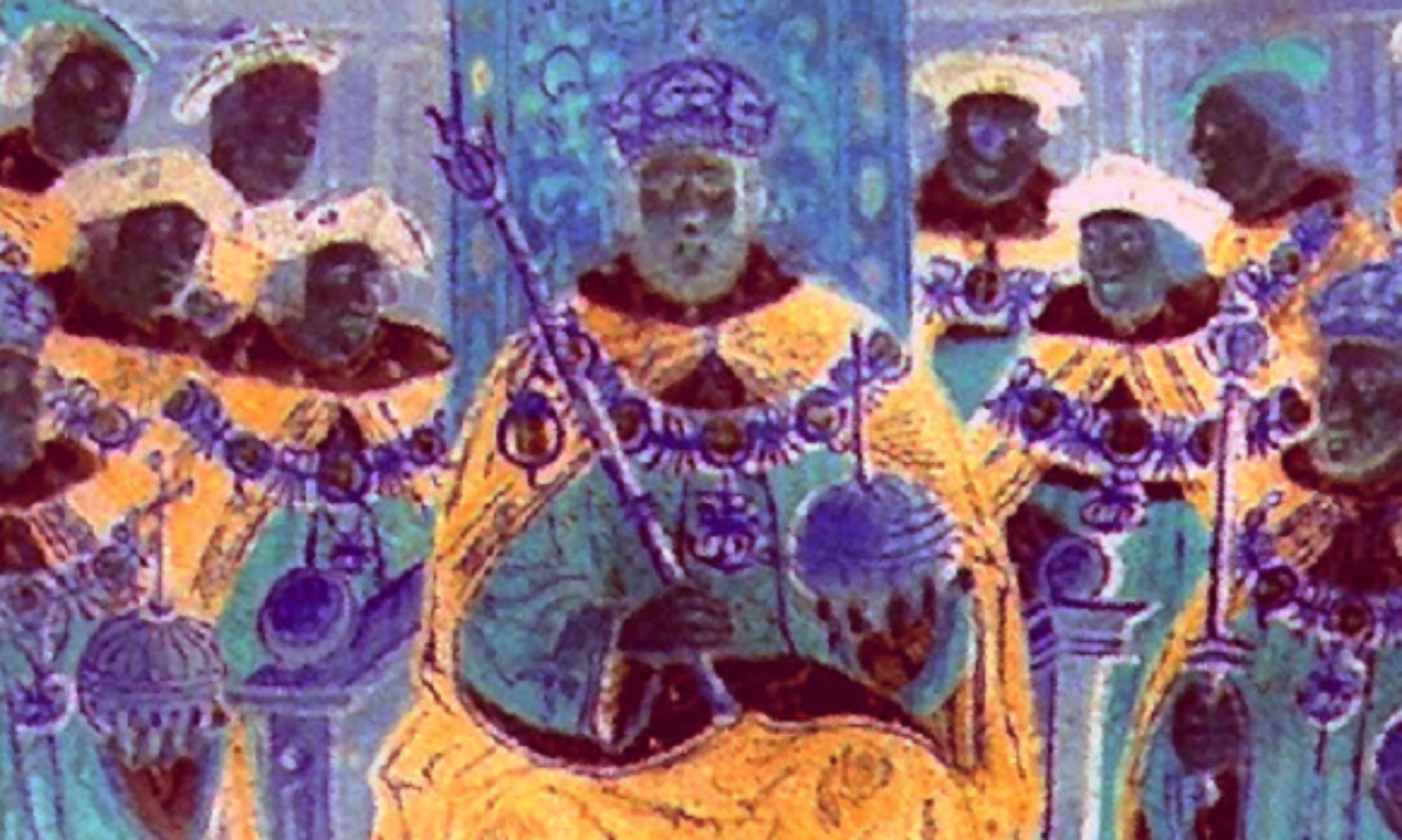1. Treat Stories as Clues, Not Facts
- Begin by viewing family stories as starting points for research, not as established truths. Use them to generate research questions and guide your investigation, but always seek evidence before accepting them as fact.
2. Seek Original and Multiple Sources
- Look for primary records-documents created at the time of the event by people with firsthand knowledge. This includes birth, marriage, and death certificates, census records, immigration and military records, land deeds, wills, and church registers.
- Cross-check details across several independent sources. If multiple, unrelated records confirm the same information, confidence in its accuracy increases.
3. Use Historical Context and Timelines
- Compare the story’s details with known historical events or migration patterns. For example, if a legend claims an ancestor participated in a famous event, verify their presence in that location and time using records and historical timelines.
4. Consult Newspapers and Archives
- Search historical newspapers for articles, obituaries, or community news that might mention the event or individual in question. Local archives and state libraries may hold valuable records that support or contradict family stories.
5. Analyze and Compare with Other Research
- Compare your findings with research done by others, such as distant relatives or established genealogists. If independent research aligns, it adds credibility to the story.
6. Consider DNA Testing
- For stories involving ancestry, ethnicity, or biological relationships, DNA testing can provide powerful evidence to confirm or refute family legends.
7. Be Critical of Repeated or Vague Claims
- Be wary of stories that have been retold without documentation, or those with vague details like “our family came from Ireland during the famine.” Always seek specifics-names, dates, places-and verify them.
8. Document Your Sources
- Keep careful records of where each piece of information comes from, and cite your sources. This transparency allows others to review and build on your work.
Summary Table: Key Resources for Verifying Family Legends
| Resource Type | What It Confirms |
|---|---|
| Vital Records | Names, dates, places of birth, marriage, and death |
| Census Records | Family structure, residence, occupation |
| Military Records | Service details, participation in wars |
| Immigration Records | Arrival dates, origins, name changes |
| Land/Property Records | Ownership, residence, estate size |
| Newspapers/Archives | Community events, obituaries, notable stories |
| DNA Testing | Biological relationships, ethnic origins |
In summary:
To verify family stories and legends, treat them as research leads, seek original and multiple records, compare with historical context, use DNA evidence where appropriate, and document everything. This approach separates fact from fiction while preserving the value of family lore.
